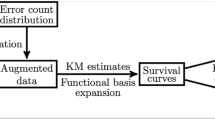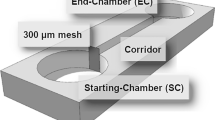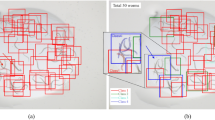Abstract
Panagrellus redivivus L., Goodey, 1945, is frequently the nematode chosen for laboratory work because of its size (maximum length of approximately 1.5 mm.) and the ease with which it can be cultivated1. This free-living worm has been employed for the evaluation of nematocides2 and repellants3, in metabolic studies4, and to induce morphogenesis in predaceous fungi5.
This is a preview of subscription content, access via your institution
Access options
Subscribe to this journal
Receive 51 print issues and online access
$199.00 per year
only $3.90 per issue
Buy this article
- Purchase on SpringerLink
- Instant access to full article PDF
Prices may be subject to local taxes which are calculated during checkout
Similar content being viewed by others
References
Tarjan, A. C., Proc. Helminthol. Soc. Wash., 22, 33 (1955).
Taylor, A. L., Feldmesser, J., and Feder, W. A., Plant Dis. Rep., 41, 527 (1957).
Davis, D., and Deak, J. E., Plant Dis. Rep., 44, 622 (1960).
Santmyer, P. H., Proc. Helminthol. Soc. Wash., 23, 30 (1956).
Tarjan, A. C., Nature, 185, 779 (1960).
Author information
Authors and Affiliations
Rights and permissions
About this article
Cite this article
WINKLER, E., PRAMER, D. A Chamber for culturing and collecting the Nematode Panagrellus redivivus. Nature 192, 472–473 (1961). https://doi.org/10.1038/192472a0
Issue date:
DOI: https://doi.org/10.1038/192472a0
This article is cited by
-
Cystathionine ?-synthase and ?-cystathionase in helminths
Parasitology Research (1991)



